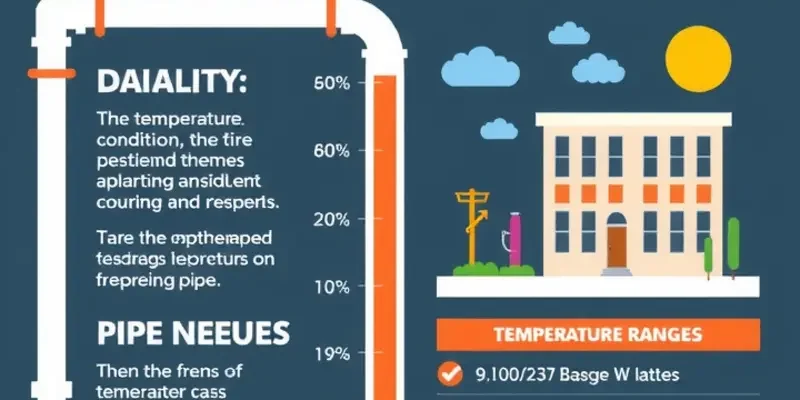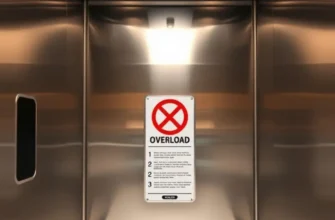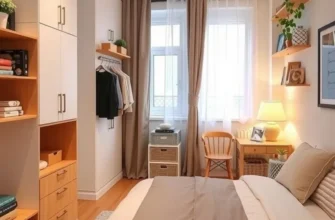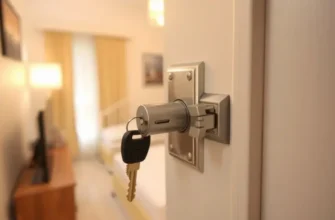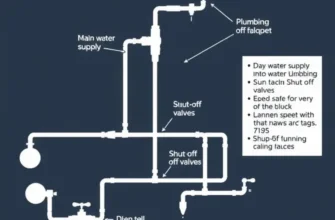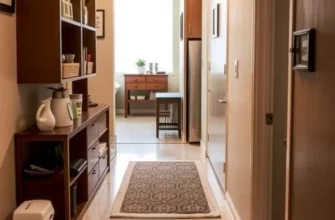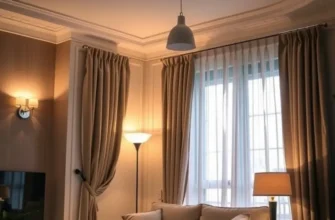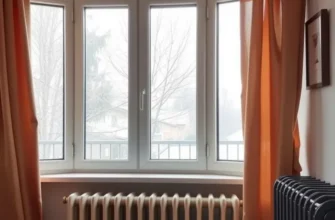As winter approaches, the threat of freezing pipes in apartments becomes a pressing concern for renters across the U.S. The unexpected disaster of burst pipes can lead to extensive water damage, hefty repair bills, and significant hassle. Knowing how to prevent this issue can save you not only headaches but also ensure the safety and security of your living space. This guide will help you understand the risks, offer practical tips, and empower you with solutions that require minimal effort yet yield maximum protection. From preventative maintenance steps to quick fixes that you can perform at home, maintaining a warm environment for your plumbing will allow you to enjoy the comforts of your apartment without worry. So let’s dive into these effective strategies to keep your pipes in good shape this winter.
Understanding Pipe Freezing: The Risks at a Glance
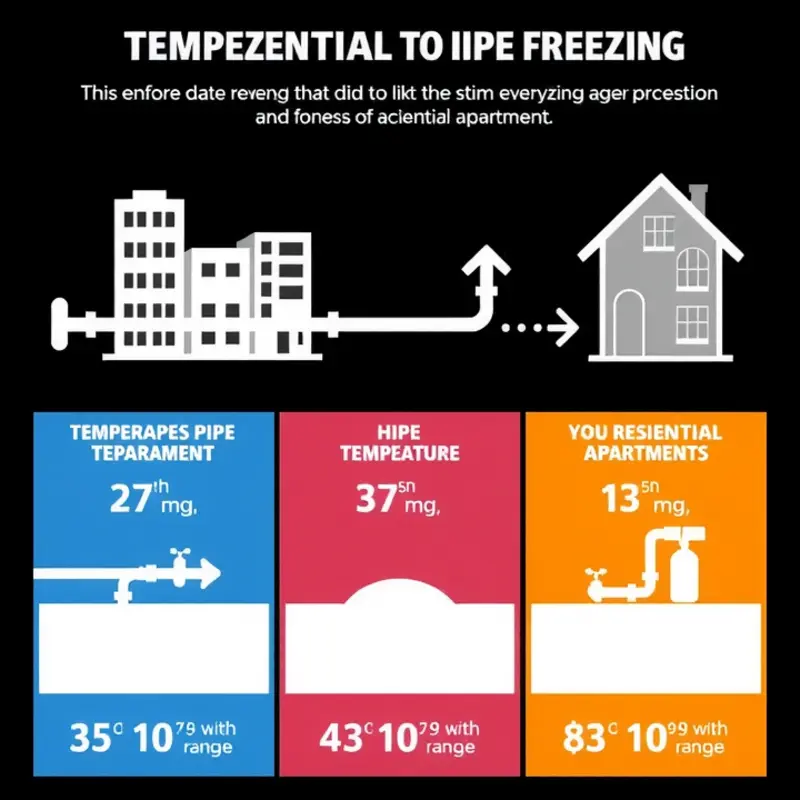
Pipe freezing is a common yet underappreciated issue in apartment living. It primarily occurs because of low temperatures causing water inside pipes to freeze. As water turns to ice, it expands, which can lead to the internal pressure building up and potentially cracking or even bursting the pipes. This phenomenon is not just due to freezing temperatures outside; poorly insulated or exposed piping can exacerbate the situation.
The consequences of a frozen pipe can be severe. Beyond the immediate problem of lost water supply, a burst pipe can flood an apartment, damaging personal belongings and structural components. Water damage can lead to costly repairs and could even cause mold growth, posing health risks to inhabitants. In turn, tenants might face disputes over liability or coverage for repairs, raising financial concerns. Understanding tenant rights concerning mold remediation in such situations is essential, as highlighted in tenant rights regarding mold.
Preventing pipe freezing is of utmost importance to avoid these risks. Low temperatures are just the starting point; wind and drafts can penetrate building materials, rapidly cooling uninsulated pipes. Apartments located in older buildings are particularly susceptible since they may lack modern insulation techniques.
Temperature drops below 20 degrees Fahrenheit are a primary concern for pipes in areas without controlled heating access. Inside walls, basements, and attics commonly house pipes that are vulnerable to these conditions. A proactive approach includes maintaining a consistent indoor temperature, especially when away for extended periods.
Tenants should discuss potential vulnerabilities with their landlords to ensure shared preventative measures are in place. Simple solutions, such as installing pipe insulation or heat tape, can be effective. Moreover, tenants themselves can take preventative measures. Allowing faucets to drip during extreme cold spells keeps water moving, reducing the risk of freezing.
Awareness and preparedness are key to managing the risks associated with pipe freezing. Understanding why and how pipes freeze empowers renters to take actionable steps, thus safeguarding their living spaces from preventable disasters.
Simple Strategies for Preventing Frozen Pipes
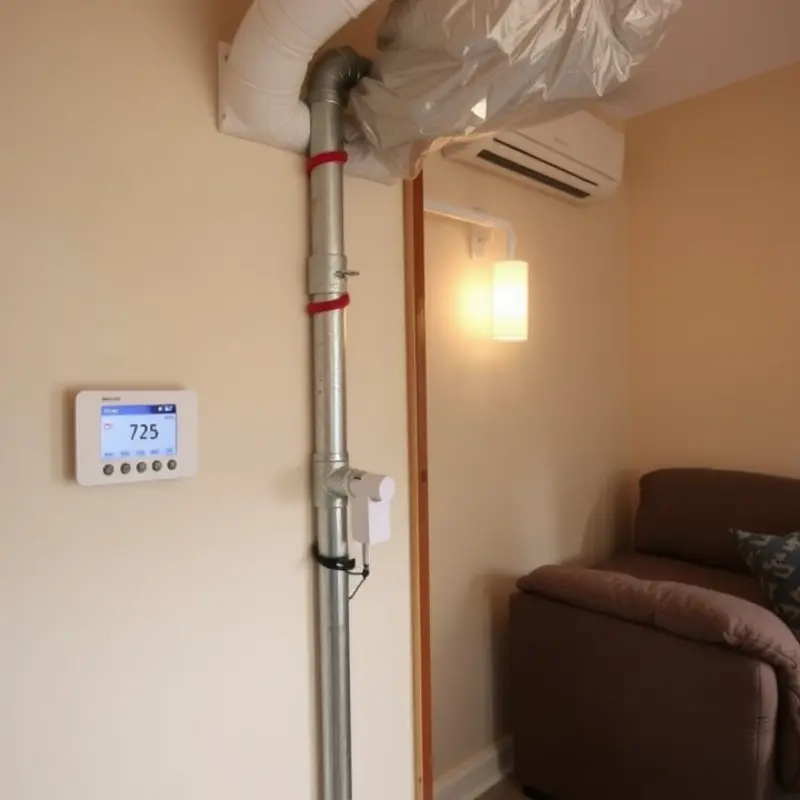
Preventing pipes from freezing in your apartment involves proactive and simple measures that, when implemented correctly, can spare you a lot of inconvenience and potential damage. Here, we delve into practical strategies that every renter can adopt to protect their living space during the cold months.
Firstly, insulating pipes is a crucial step. The pipes most susceptible to freezing are typically located in unheated areas like kitchens or bathrooms. Wrap these pipes in insulation sleeves or foam pipe insulation to retain heat. These materials are easy to install and available in various sizes to suit your needs.
Secondly, consider employing draft prevention tactics. Cold air seeping in through gaps can significantly lower the temperature around your pipes. Seal any drafts in windows and doors with weather stripping. Pay extra attention to areas near pipes, ensuring cold air doesn’t disrupt their thermal stability.
Another effective measure is to keep a consistent indoor temperature. Running the heater at a consistent temperature throughout the day and night, even when you’re not at home, can prevent the interior temperature from dropping too low. A setting of at least 55°F should suffice to protect your pipes.
Additionally, let your faucets drip occasionally. Allowing a small amount of water to flow through the pipes can prevent them from freezing, as moving water is less likely to freeze. Focus on faucets connected to exposed pipes and increase the drip during temperature drops.
If you’re planning to be away for an extended period, make arrangements to have someone check your apartment to ensure the heating is functioning correctly. It’s also wise to leave any interior cabinets with pipes slightly open, allowing warmer air from the home to circulate around the plumbing.
For more tips on enhancing home safety and maintenance, check out our guide on apartment outlet safety, which provides additional insights into keeping your living space secure.
If your apartment is particularly vulnerable to freezing temperatures, consider using space heaters strategically. Position them in areas with exposed pipes to supplement your main heating system. However, always follow safety guidelines and never leave space heaters unattended.
It’s also helpful to know where your apartment’s main water shut-off valve is located. In the event of a burst pipe, being able to quickly shut off the water supply can minimize damage.
Incorporating these strategies can significantly reduce the likelihood of frozen pipes, keeping your apartment safe and dry during winter. By staying vigilant and prepared, you ensure not only the safety of your pipes but also maintain a comfortable and efficient living environment.
Final words
Maintaining a safe and secure apartment during winter requires a proactive approach to pipe management. By understanding the risks of pipe freezing and implementing the preventive measures outlined in this guide, you can protect your space from water damage and the associated costs. Simple actions, such as ensuring your home remains adequately heated and insulating vulnerable pipes, can make all the difference. Remember, a little effort goes a long way in making sure your winter months are worry-free and enjoyable. Here’s to keeping your home safe, dry, and secure all season long!

